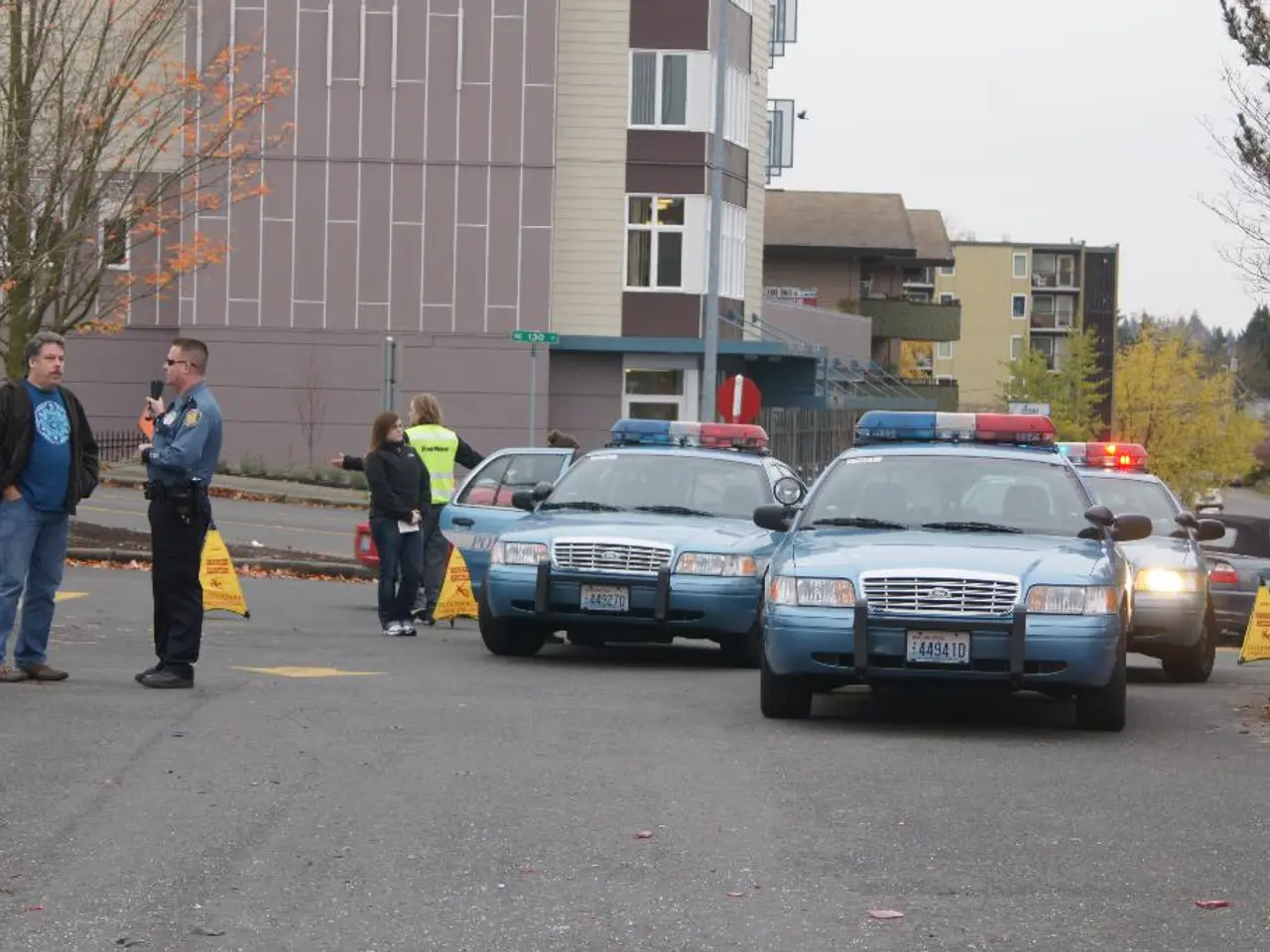Safety Measures Implemented: New Regulations Enacted
The European Union, known for its safe roads, is taking another step forward in road safety with the introduction of new safety-enhancing technologies in commercial vehicles. Companies like Daimler Trucks, Scania, and specialized suppliers such as Brock Kehrtechnik are leading the charge, incorporating advanced assistance systems and modern electronics into their vehicles.
Daimler Trucks' eCitaro fuel cell bus, for instance, is equipped with cutting-edge safety features. Scania, on the other hand, presents the "Smart Dash," a modular electronics and digital cockpit system boasting new safety and cybersecurity features.
These advancements come as the General Safety Regulation (GSR) enters into force this month, setting out stricter new crash regulations and requiring the latest safety technologies in new vehicle types. The GSR includes advanced driver assistant systems such as reversing detection, emergency lane keeping systems, advanced emergency braking, intelligent speed assistance, emergency stop signal, driver drowsiness and attention warning, and event data recorders.
Commercial vehicles will now also include pedestrian and cyclist collision warning systems as standard. Tyre pressure monitoring systems and direct vision for drivers, increasing visible areas to enable vulnerable road users to be seen, will also be standard features.
The automotive sector is investing heavily in safety-related technologies to meet the demands of one of the world's most demanding markets. Annually, they invest approximately €59 billion in R&D, with a significant portion dedicated to safety-related technologies.
However, it's important to remember that vehicle technology alone is not enough. Safer driver behavior, better enforcement of existing traffic rules, and improved road infrastructure are crucial in achieving further reductions in road casualties. Since 2008, EU road fatalities have decreased by approximately 50%, demonstrating the effectiveness of such measures.
The ultimate goal is Vision Zero, a state where road deaths and serious injuries are eliminated. To achieve this, vehicle technology must be combined with safer driver behavior, better enforcement, and improved road infrastructure.
Event data recorders, part of the advanced driver assistant systems, will support accident research in the future, providing valuable insights into the causes of accidents and helping to further improve road safety.
With these new safety measures in place, the European Union continues its mission to make its roads even safer, aiming to further reduce road casualties and work towards Vision Zero.
Read also:
- Lu Shiow-yen's Challenging Position as Chair of the Chinese Nationalist Party (KMT) Under Scrutiny in Donovan's Analysis
- Tough choices on August 13, 2025 for those born under Aquarius? Consider the advantages and disadvantages to gain guidance
- Microbiome's Impact on Emotional States, Judgement, and Mental Health Conditions
- Restaurant staff allegedly requires Minnesota teenager to validate her gender for bathroom access.







